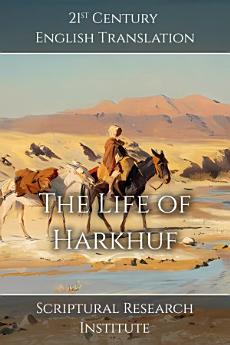The Life of Harkhuf
Um þessa rafbók
Harkhuf lived during the 6ᵗʰ Dynasty of the Old Kingdom, which would have been at the peak of the Old Kingdom’s international reach, but after the major pyramid-building feats of the 4ᵗʰ Dynasty were completed. Egypt had already built the tallest building in the world around a century before Harkhuf’s expeditions into Nubia, which would continue to be the tallest building in the world for thousands of years, until the completion of the Lincoln Cathedral in 1311 AD. As Merenre I is only believed to have ruled for around 9 years, Harkhuf and Weni had to be active in Nubia at the same time. Weni’s Autobiography includes two lists of Nubian tribes, first a list of five tribes that fought in Canaan with the Egyptian army, and later a list of four tribes when he went to Nubia to dig five canals to open the region to trade via Egyptian barges.
Nubia was the land to the south of Egypt, was Aswan and Elephantine at the First Cataract of the Nile. Elephantine, under its older Egyptian name Abu was mentioned as one of the mines that Weni visited, however, was considered Egyptian during the Old Kingdom, and marked the boundary between the two cultures. As only four of the five Nubian tribes that Weni mentioned are mentioned by Harkhuf, it allows both their routes through Nubia to be compared and tracked, establishing where the Nubian settlements were probably located.






